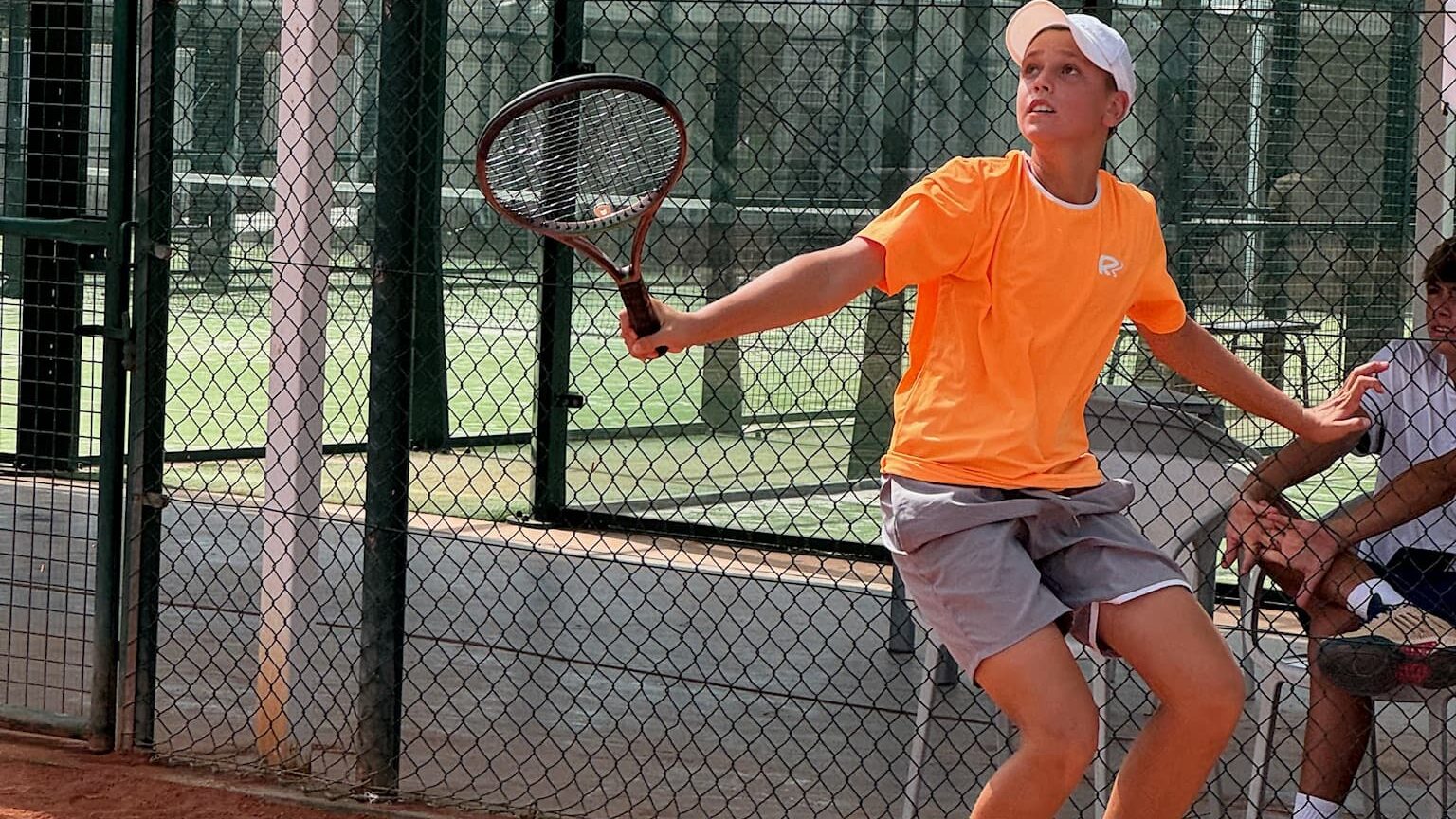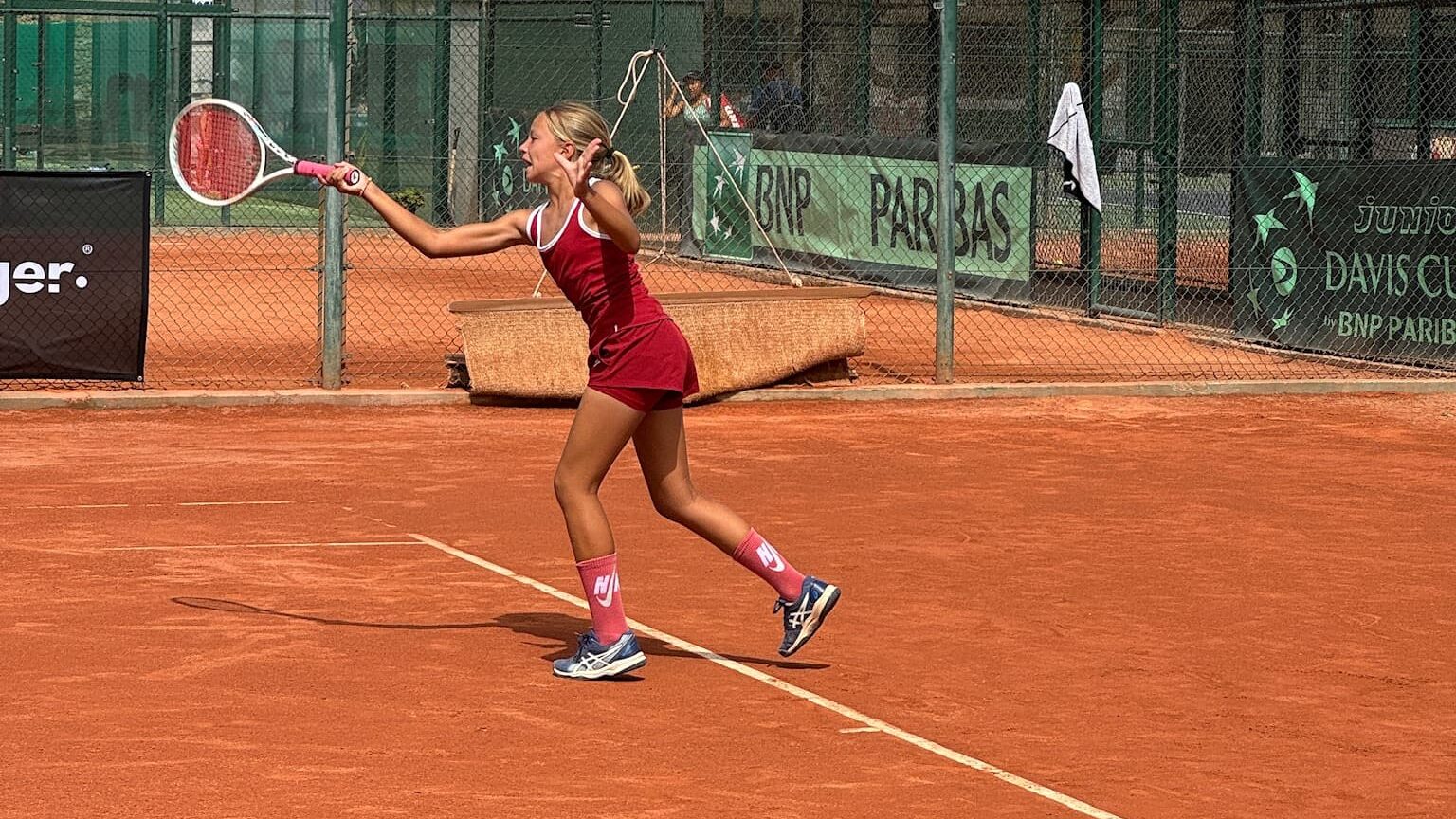When young players feel frustrated on the court and nothing seems to work, they go through several stages of learning throughout their lives. These stages are universal and apply to any field, whether sports, science, or art. The first stage can be called “I don’t know what I don’t know yet.”
Step 1
To better understand this stage, it can also be described as the unknown unknown or the concept of not knowing and not realizing that you don’t know. This stage is probably the happiest time in a person’s learning journey. They want to achieve results, they are excited, inspired, and enthusiastic about success. They are optimistic during this stage and believe that they will soon acquire the new skill and everything will be fine. However, as soon as the learning process begins, the player moves on to the second stage, which is called “knowing that you don’t know.” They realize that they don’t know anything, and this realization causes stress.
Step 2
This second stage is stressful and frustrating. The person begins to understand that everything is much more complicated than they thought. This realization often leads to frustration and a desire to give up. Imagine a young player who enjoys playing tennis and now faces internal pressure and responsibility. They realize that the game requires much more effort and knowledge than they expected. It is important not to give up in this stage, despite the difficulties.

Step 3
As the player continues, they move on to the third learning stage, “Knowing What You Know.” This means that the player knows what they understand, understand, and know. Here, they understand what to do and how to do it. In tennis, this knowledge translates into knowing how to play and what to do in different situations. They can become professionals, make money, compete, and beat lower-level players.

Step 4
But to get to the top, you have to go through the third level and reach the fourth level, “I don’t know what I know.” Here, the player does everything automatically and correctly without thinking. I’ve met people from all walks of life at this level, and it’s been a fascinating experience. They do great things, but they can’t explain why they do it.
This fourth stage is the pinnacle of mastery. Players act intuitively, their movements and decisions are automatic. This is the level where knowledge and skills are so integrated that conscious effort is no longer required. However, to reach this level, all the previous stages must be passed, each of which is difficult and requires effort and time.

The most challenging stage
We are now interested in the second stage, the most difficult. There is no way to bypass or speed up the process. The player must go his own way, calm down, overcome the nerves that cause frustration and fear. This is possible with the support of society, parents, coaches, friends, and sometimes other players.
Stages of transformation
Once this stage is passed, the athlete moves to the third stage where everything is under control. For the coach, this is an exciting period of athlete transformation. In this stage, the coach becomes a mentor who helps the student understand the mistakes and find ways to correct them. This is a complex but very important process that requires patience and professionalism.
Interaction between coaches and stage cycles
There are two types of coaches. Those who are comfortable working at this stage, and those who prefer the fourth stage, where they do not need to teach and help the player become a genius and win. The first type of coach, who works at the second and third stages, is characterized by patience and the ability to explain complex things in simple terms. They understand that the student needs support and understanding, and are willing to invest time and effort.
When shaping, supporting and explaining to the players, they feel comfortable in the learning phase. The coach must be a teacher and a master, showing them how to do things and how everything works so that the student can go through all the steps with minimal pain. This will lead to great results.
Interconnection of steps
In addition, it is important to understand that each learning stage is not isolated. They are interconnected and transition seamlessly into each other. For example, even after reaching the fourth stage, the player may occasionally return to the second or third stage to learn new game elements. This is normal and natural, as the learning process is continuous.
An important aspect to successfully pass through all stages is the learner’s mindset. They must be prepared for the fact that there will be difficulties and obstacles on the way to mastery. Significant results can be achieved, and this approach can only reach heights in the chosen field.

conclusion
Therefore, the learning phase is not simply a step on the road to mastery, but a complex process that requires constant interaction, understanding, and support from both the learner and the coach. In this case, the coach takes the position of a teacher, a master, showing how to do it, explaining how everything works, so that the player can go through all the stages clearly and with minimal pain. Then we will get great results.
This is just a little thought I wanted to share with you.






